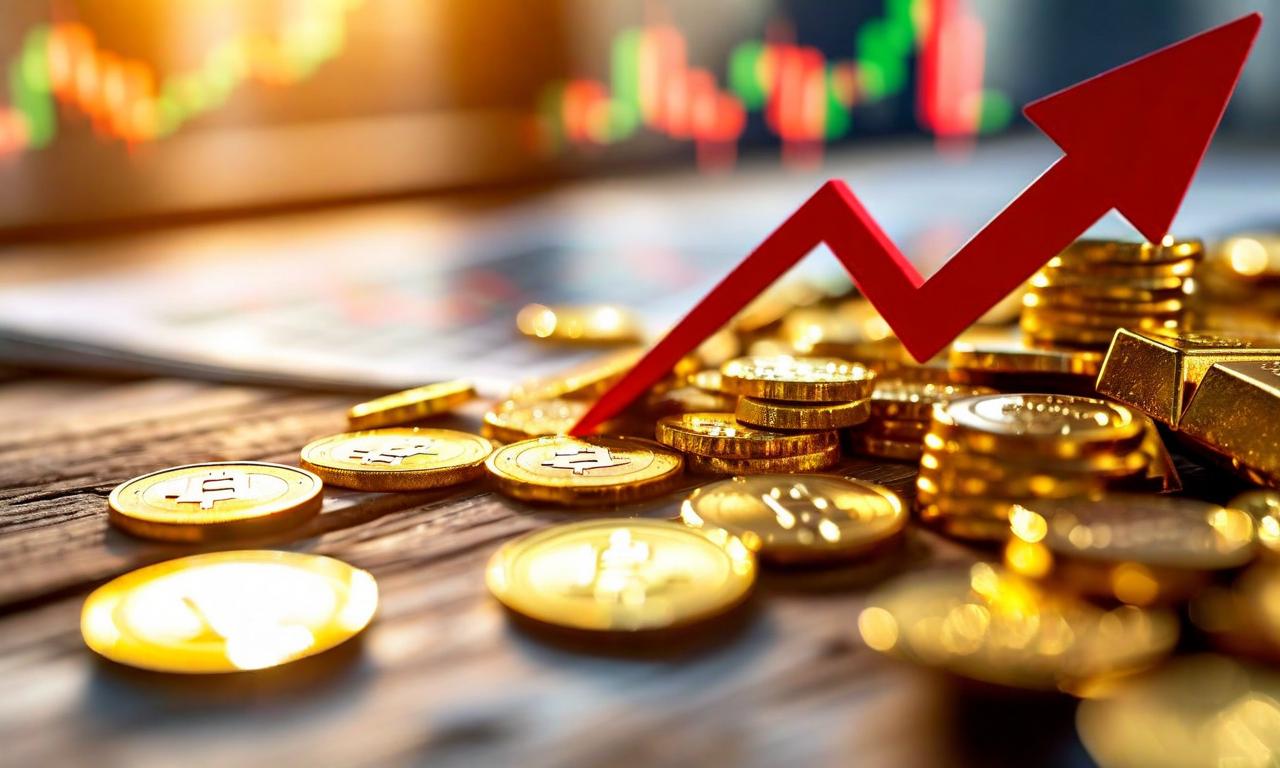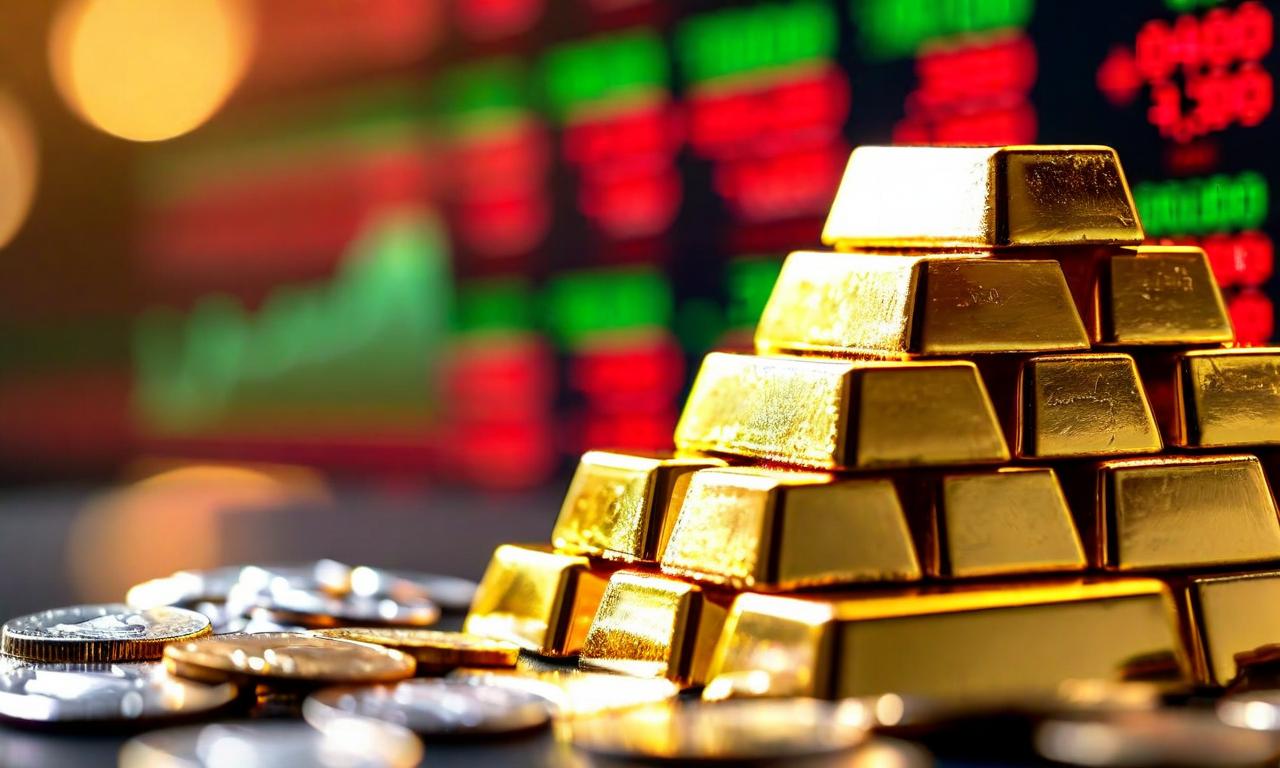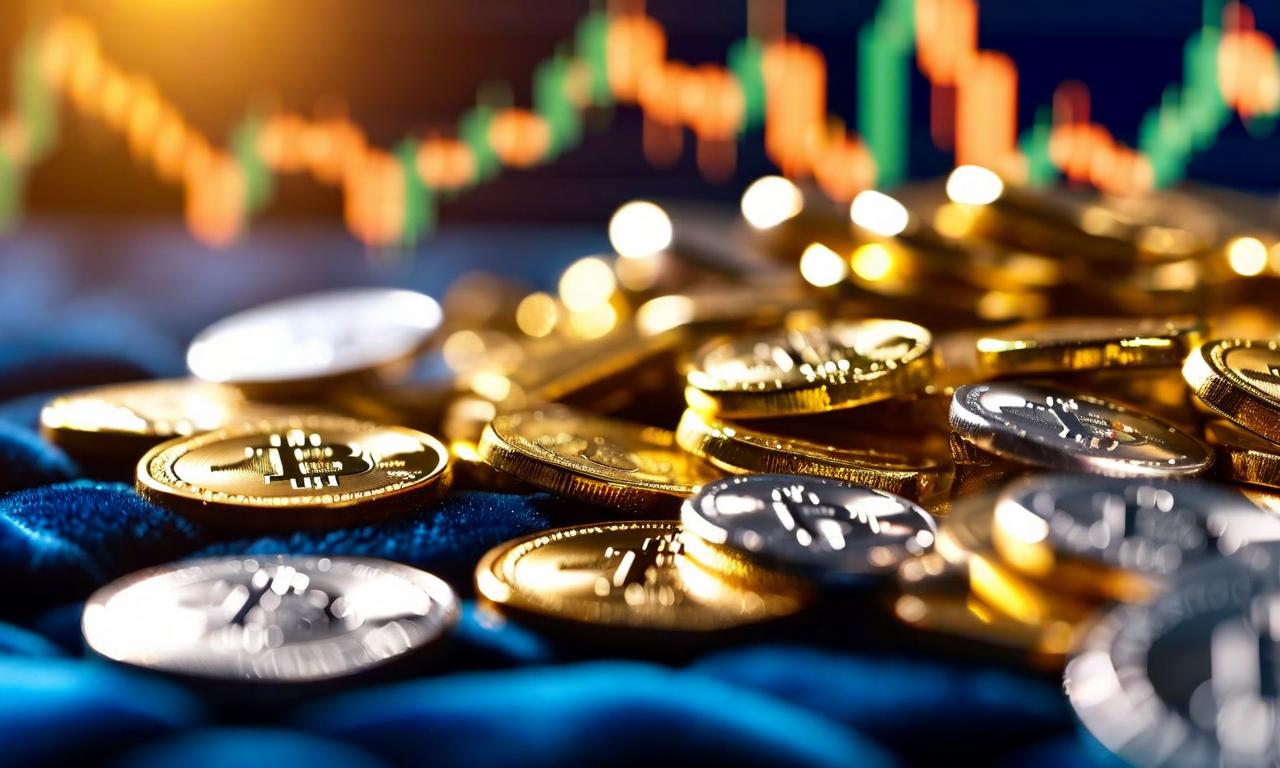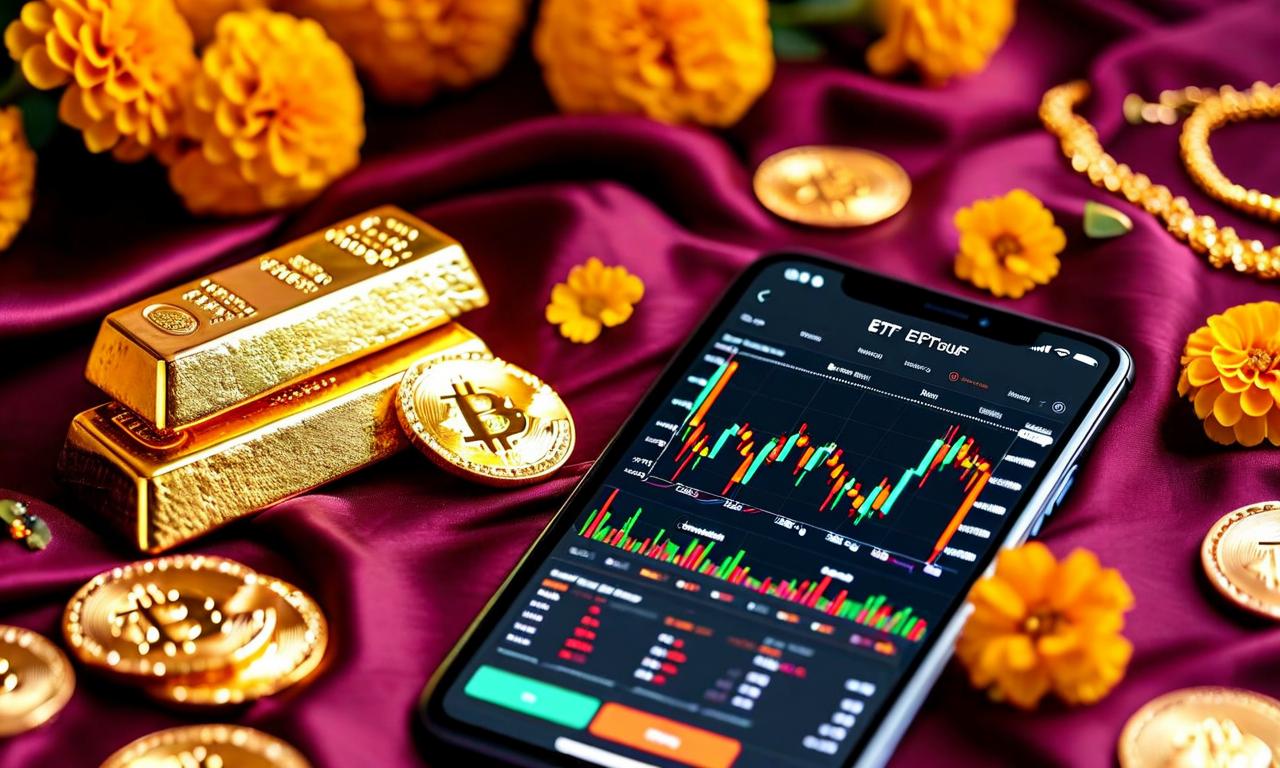RBI Gold Reserves Reach 880 Metric Tonnes, Valued at $95 Billion; Gold ETFs Hit Three-Year High Despite Price Drop
The Reserve Bank of India (RBI) has increased its gold reserves to 880.18 metric tonnes, valued at $95 billion. The central bank added 0.6 metric tonnes in the six months ended September, with 0.2 metric tonnes added in the last week of September alone. This aligns with a global trend of central banks adding to their gold reserves, with 166 tonnes added collectively worldwide. Despite recent price volatility, investor holdings of physically-backed gold ETFs have reached a three-year high of 98.9 million troy ounces, indicating strong investor appetite for gold as a safe-haven asset.

*this image is generated using AI for illustrative purposes only.
The Reserve Bank of India (RBI) has continued to bolster its gold reserves, reaching a significant milestone. According to recent data, the central bank's gold holdings have surpassed 880 metric tonnes, reflecting a steady increase in its precious metal assets.
Key Highlights
- RBI's gold reserves reached 880.18 metric tonnes
- Total gold reserves valued at $95 billion
- 0.6 metric tonnes added in the six months ended September
- Investor holdings of physically-backed gold ETFs hit a three-year high
Detailed Breakdown
| Period | Gold Reserves (Metric Tonnes) | Increase |
|---|---|---|
| End of previous fiscal year | 879.58 | - |
| September-end | 880.18 | +0.6 |
| Last week of September | - | +0.2 |
The RBI's gold acquisition strategy appears to be more measured compared to the previous fiscal year, when the central bank had added a substantial 54.13 metric tonnes to its reserves.
Global Context
The increase in India's gold reserves aligns with a broader global trend. Central banks worldwide have collectively added 166 tonnes to their official reserves, indicating a growing preference for gold amidst economic uncertainties.
Market Dynamics
International gold prices reached unprecedented highs in September, driven by:
- Economic uncertainty
- Geopolitical tensions
- Increased safe-haven buying
These factors have contributed to the attractiveness of gold as a reserve asset for central banks and investors alike.
Gold ETFs Reach Three-Year High
Despite a sharp decline in gold prices, investor holdings of physically-backed gold exchange-traded funds (ETFs) have reached their highest level since September 16, 2022. As of Tuesday, these holdings stood at 98.9 million troy ounces. This milestone was achieved even as gold experienced its largest single-day decline since 2013, plunging 6.3% on Tuesday due to concerns that the rally had advanced too rapidly.
Gold prices continued to decline on Wednesday but remain up more than 50% this year. This surge has been partly driven by retail investors purchasing bullion-backed ETFs as a method to gain exposure to physical gold.
Implications
The RBI's continued accumulation of gold reserves suggests a strategic approach to diversifying its asset portfolio. As global economic conditions remain uncertain, the central bank's gold holdings may provide a buffer against potential financial volatility.
While the pace of gold acquisition has slowed compared to the previous year, the steady increase in reserves underscores the RBI's commitment to maintaining a robust and diversified asset base. This strategy may help in enhancing the stability of India's foreign exchange reserves and provide a hedge against currency fluctuations.
The simultaneous rise in gold ETF holdings, despite recent price volatility, indicates a strong investor appetite for gold as a safe-haven asset. This trend aligns with the broader global interest in gold during times of economic uncertainty.
As global economic dynamics continue to evolve, the role of gold in central bank reserves and investment portfolios remains a topic of interest for economists, policymakers, and investors alike. The RBI's actions and global gold market trends will likely be closely monitored by market observers in the coming months.

















































